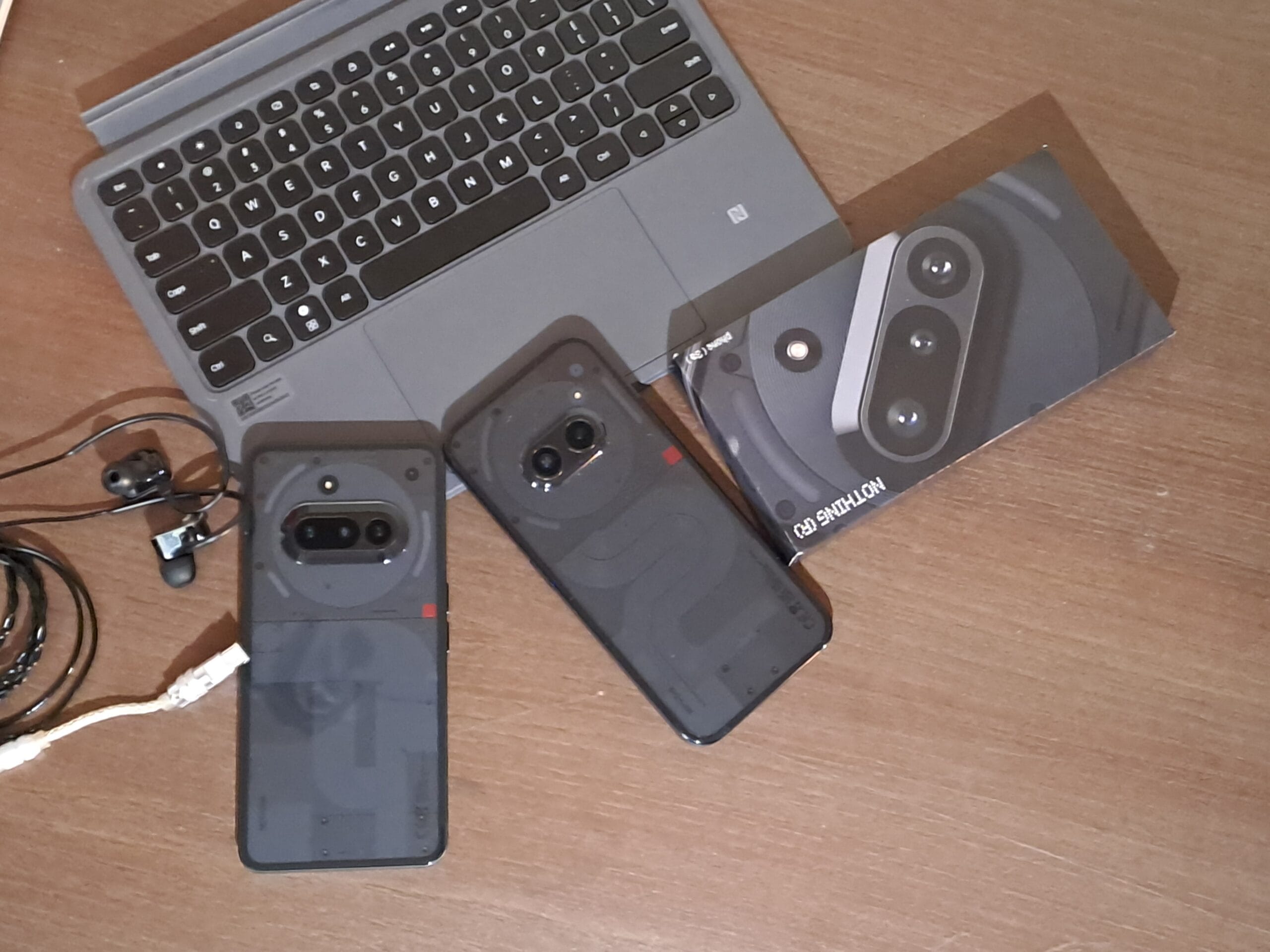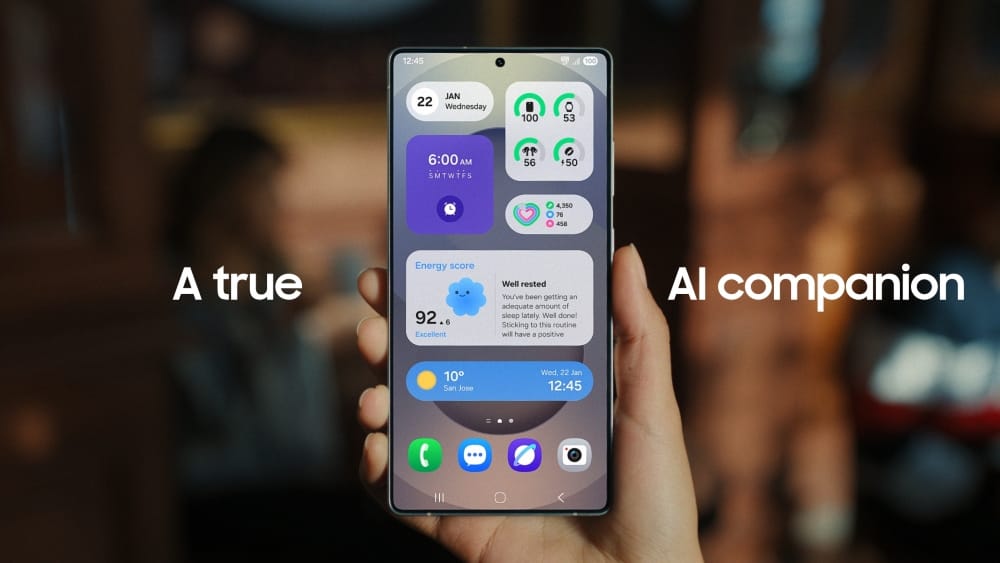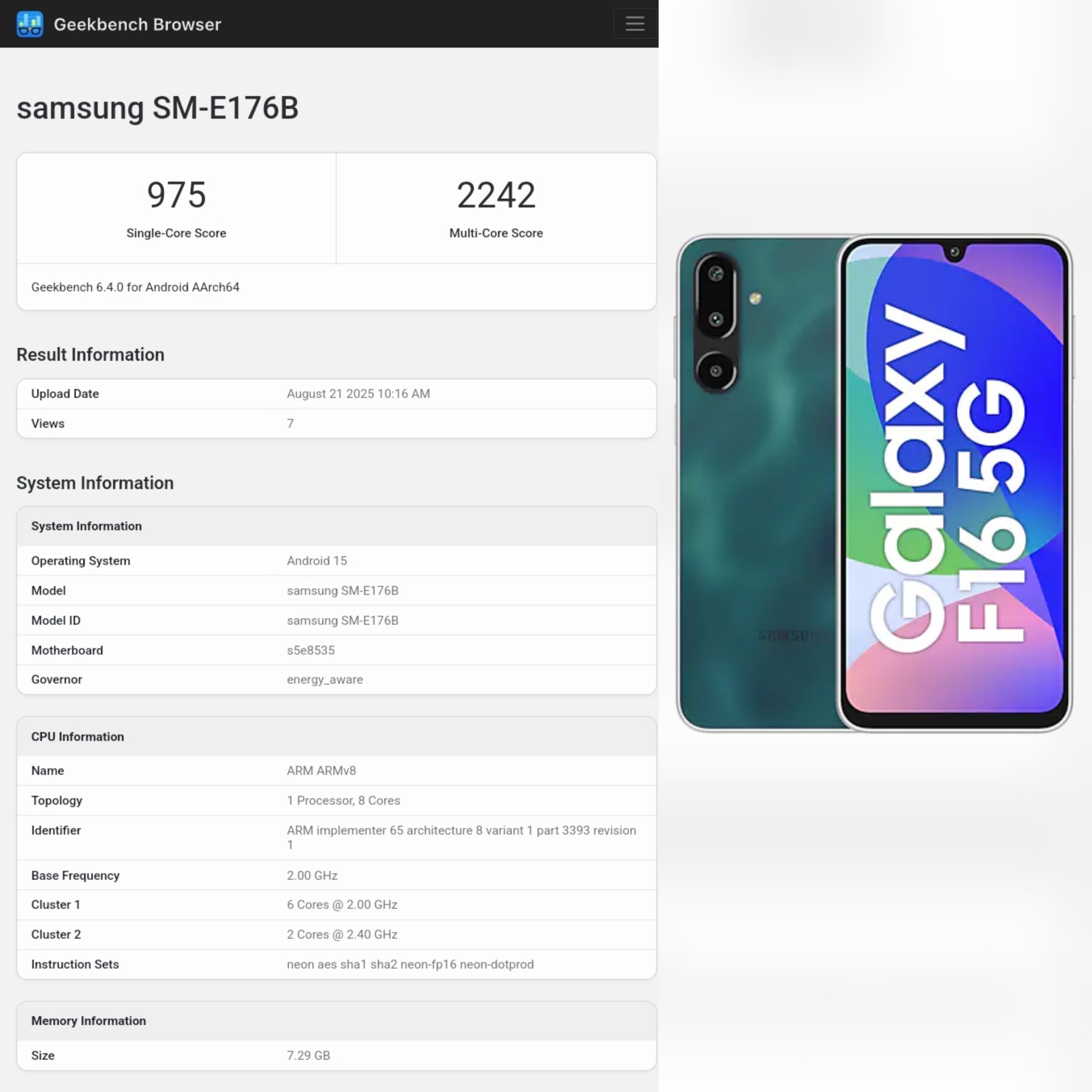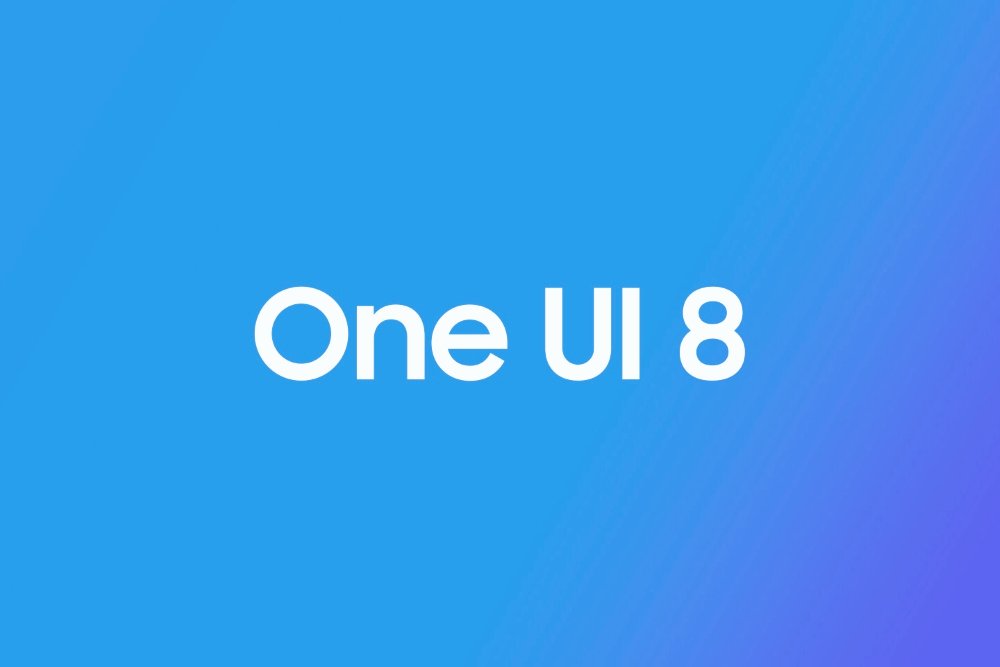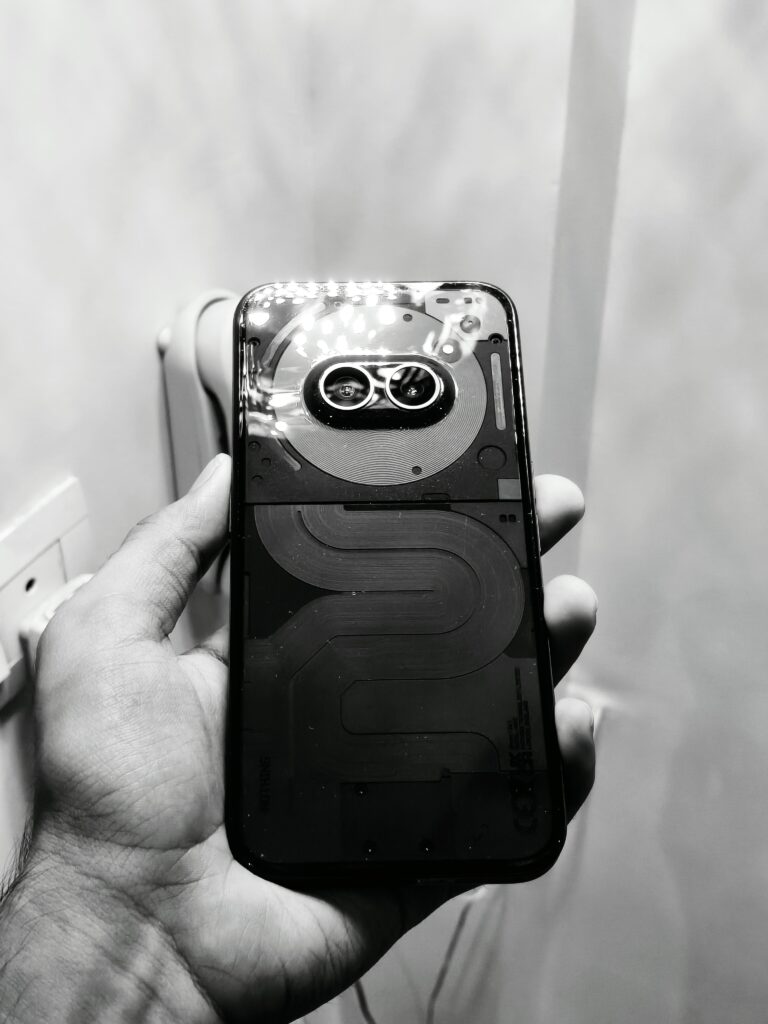
Nothng Phone 2a : Review
The Nothing Experience: Nothing Phone 2a after a year
The quirky good experience with a …
Nothing sounds weird, right? It’s the name of a London-based company that makes phones, audio products and apparel (right!?)
The Nothing Phone (2a), the light-up phone, looks unique and lets us investigate (seriously!).
Now that the Phone (3) is out, got to call the 2a the true lobster, because why not, when it is one!
Introduction
Nothing Phone (2a) is a phone by Nothing, launched on 4th March 2024 (sales began on 12th March 2024). It comes with a beautiful design, good hardware, amazing software and some quirks.
The Specifications
This part is only for the spec’s readers, but I’ll be focusing fully on experience, not on specifications, not on the numbers, not on the benchmarks.
Display: 6.7” FHD+ 120Hz AMOLED Display | Brightness: Peak: 1300, HBM: 1100, Typical: 700 nits. 2160Hz PWM.
Chipset: MediaTek Dimensity 7200 Pro (8 cores, up to 2.8 GHz, 4nm)
Battery: 5000mAh
Charging: 45W (USB-PD, PPS)
Cameras: 50MP Samsung GN9 1/1.56” Main (1x) + 50MP Samsung JN1 1/2.76” Ultra wide + 32 MP Sony IMX615 1/2.74″ front camera.
The Initial Days
The Nothing Phone (2a) launched, and I had it with me on 12th March 2024 at around 14:00 IST. The phone came in a rather unusual packaging. The box opens to reveal another box in it, which opens like a book to reveal the contents.
The box had the Nothing Phone (2a) at the top, below that was the Type-C to C Cable, which looks sexy, and the most unique SIM Ejector tool I have ever seen and used, it’s transparent (Nothing design!). The phone came with a screen protector pre-applied; sadly, it also lacked a case, charger, and stickers in the box. Unboxing done!
What I had was the black colour variant of Nothing Phone (2a), I personally liked the Milk White one. It was the 8GB/256GB one, which is perfect.
I peeled off the warping, and I felt sorry to touch the phone’s back, with instant regret. The beautiful back with the design, which kept growing on me. And then the Glyph Lights, the thing which lights up, my inner kid is getting happy. The Glyph Lights, not the entire college, are asking me which phone it is and every single person who ever saw it asks me what phone it is. A unique-looking phone, with a pair of eyes and lights!
The first boot and initial experience

I booted the phone, it greeted me, and It was my first time looking at Nothing OS, not totally first though, my friend had bought the Nothing Phone (1), but personally, it was a first. The first thing which strikes me about any Nothing Phone, in initial setup, no bloatware, no ads, nothing, the cleanest Android skin I have ever used to date (coming from a Samsung and Redmi (Xiaomi) user).
The phone comes with only the basic apps; it lacked a lot of first-party apps back then. But after all, Nothing OS 2 it booted, felt like a fresh breeze after using One UI and MIUI (not HyperOS yet, my Redmi Note 8 Pro had MIUI).
The looks are stock Android but modified, the N-Dot font (it was an eyesore for the first few days) and the unique sounds it made, felt so good.
On to the Initial software, the good, the bad, the nothing
The first thing about the software, fast and snappy, I like that. Then comes the monochromatic home screen and a different design. The default home screen is filled with many Nothing widgets, and a few app icons at the bottom (dock and 2 rows), To be honest, I have never seen so many and so good 1st Party Widgets. The wallpaper can have an atmospheric effect if you want.
The 1st party wallpapers are good, I use them most of the time. The first few moments with the software are spent looking around the whole UI. It is well designed.
If you head to the settings, the Glyph Interface, you will see some options to use the Glyph Interface in certain ways. You can adjust the brightness, you can set ringtones, notification sounds, etc., which sync with the Glyph Interface, you can turn on flip to Glyph (I love it, almost became a part of my life lol).
It is quite a stock Android-looking yet well-designed, optimised software. It has all the customisation you expect from stock Android.
The good part is that.
Now the bad one.
The lacking parts.
It has no dialer, messaging, calendar, notes, gallery apps, etc. from the OEM. Instead, one has to use Google apps, the Google Phone, Messages, Keep, Photos, etc. The system apps from Nothing are the weather app, the camera app, the composer, Nothing X, and Recorder.
I am fine with most of this, but not the Google Photos app; it is terrible to be used as a Gallery for me.
The next issues are with the cameras, in two parts!
The Camera App: The app used to lag back then, the amount of shutter lag and delays, the long (almost 30s) processing time, the shuttering, it was very laggy, even the opening and closing were laggy and unresponsive. It felt as if the phone was dying when using the app. Also, it was quite a basic-looking app, which I have no problem with.\
The cameras: Now, let’s get to the actual cameras. The hardware is fine, no problems. The issues and image processing (you probably saw this one coming from the previous paragraph).
The images come out saturated, and motion blur is obvious. Human skin tones, well, it loves to make them red (even today in 2025). It had bad edge detection in some cases, like pretty bad, but mostly it was fine.
The image clicking, you frame it, then press the shutter button, lags, then click the image, then realises it clicked one, then if you open the preview, it opens Google Photos and a 30s processing time, then the final image shows up (can be wildly different from what you imagined). And if you did not go check the preview, sometimes, it would forget about the image totally, it’s lost, forever.
That ends the March 2024 – April 2024 Times.
The updates and improvements
The phone got a lot of updates, and by the end of April, many of the bugs, issues and camera issues were fixed. Yes, quite a lot of them were fixed.
Let us now come to May, the summer month, with hot temperatures. The phone held up well.
In the start of the month, temperatures were above 35 degrees Celsius. The performance was good, brightness was sustained, thanks to the vapour chamber. The phone does get hot, but it was natural at that point. There was no overheating observed as such, not at all, without any reason.
The thing which took a major hit for me was charging. The phone was unable to sustain charging speeds, not even low ones. It would start to charge at 7.5W, 5W, 2W and 0W at times (charging stopped). It was unable to sustain 15W charging, due to which it charged painfully slow, taking up to 5-6 hours sometimes. Even a small charging session from say 20% to 30% started to take over 2 hours sometimes.
This got worse when the temperatures on some afternoons went above 45 degrees Celsius and then it would charge so slow that I started to charge it in the early morning and late night (towards midnight) when temperatures were lower. Although it did not get hot, though.
The cameras were improved, the camera app lagged less than before, and portraits are also good.
The skin tones of humans make them red, especially their faces. The shutter lag and slow shutter speed still exist, which does cause motion blur with fast-moving objects.
As the month of may ended, June started, temperatures started to drop, finally, it rained in the 1st week of July, I think on 5th July at 6 PM.
In July, I went to the Bhaje caves. The device did not struggle with the network. When other people’s phones were having trouble, it was not heating, it was able to sustain high brightness in direct sunlight as well as last the whole day, with a lot of photos taken.
This shows it is quite well optimised by this time. From being filled with issues to being highly optimised over time with updates, impressive! (No Samsung mid-range phones were harmed in this.).
The rainy days, cool ones
The rains started, temperatures dropped, and it’s much better than before, a relief from the scorching heat of the sun. Exams were over, vacation began! So, I travelled from Pune, Maharashtra, to Jamnagar, Gujarat. During the whole trip, 0 network issues, which was insane considering all the phones I had used before used to have a lot. The battery optimisation is at its peak, insane backup of over 10h SoT! It used to consistently hit over 8 h+ SoT like it’s nothing, even with 30 minutes of Genshin Impact. Also, during that time, the system UI was at its peak optimisation for me.
The camera app lagged a lot less, although the issues existed just less. Photos were also quite usable. Skin tones were a bit red but fine. It was the peak camera optimisation for me.
Although I am not saying the cameras were good enough, it was just the best over the whole period of 1 year, since March, till today, as I write this.
Till August, more updates came, fixed a load of small bugs, improved the experience, and made things good.
The comes era, this will be a rather long rant, so bear with me.
The Nothing OS 3 Betas
Nothing OS 3 Closed Beta applications opened, I applied, and got selected.
Now, I cannot share much about what happened “in” or “during” the closed beta, but it was a whole fresh breath.
Then there was the Nothing OS 3 Open Beta; now we can talk about it. The closed beta testers were naturally shifted to the open beta.
The Open Beta introduced a lot of things, which shaped what you saw as Nothing OS 3 stable. The closed beta was a test, with limited things, yes, changes were there, but I cannot disclose, NDA moment.
The changes (as of Nothing OS 3.0 Open beta for Nothing Phone (2a)):
The new quick panel, a serious great upgrade from the one in Nothing OS 2.6. That old one had 2 big ones on top, looked kind of bad, no more. The fully customizable quick panel, with a lot of resizing options, and a grid system so you can put things anywhere in the grid. It has proper light mode and dark mode, unlike before, when it was all dark.
The setting app also got a new redesign, it moved to the stock Android (AOSP) look of a categorised, alphabetically arranged one.
In the Display Settings > Font, a new font came to notice, Inter, a change from the Roboto, which was the default. And no N-Dot font for headings in the settings app as well as the quick panel, where the clock is now in Roboto or Inter. Although if you want N-Dot, you can go to the experiments and turn it on.
Let us move to the two parts I want to stress, because the rest either got improved or remained the same. The two parts are cameras and battery life. These two things took an interesting turn.
Nothing Phone (2a), before Nothing OS 3, had pretty much average cameras, and sometimes they were bad too. Now, after Nothing OS 3, what do you think? Did things change? Also, if you remember, I said battery life was excellent, charging was also more or less fine, but what about now, after its 1st major upgrade?
The cameras went to become the same; it is more like:
Saturation: +100
Vibrancy: +100
Vivid colours, HDR++, Skin tones go reddish.
The camera app still lagged, the image processing was still slow and took like 30s sometimes.
The situation was still the same,
The Battery:
The battery life was fine, getting 6h Screen on time, but it felt kind of reduced for me, as sometimes it used to go from 100% to 20% in like 4 hours.
The charging was more stable, took like 2 hours to charge or 1 hour 30 minutes sometimes. It was just like my Galaxy A33, 1 hour 30 minutes to full charge, but they advertised 45W Charging and said around an hour, which does not happen, as we go forward.
The update did one thing for sure: it made things more fluid and smoother, snappy and fast.
The lockscreen got new clocks and more customisations, so more widgets can be added.
Now, let’s move a little forward in time, and we have the Gallery App from Nothing.
Pretty basic app shows photos and videos, search is broken, long press to cut out is there, and no in-built editor, so yes, you need to use Google Photos or something else. One more thing is that you cannot set it as the default gallery app, even today as I write.
Yes, we got new fingerprint dot animation, new dot charging animation, a slightly changed boot animation and an introduction screen when first booting Nothing OS 3, which is a nice touch.
Now, if I speak of September end – February 1st week, I had not used the Phone (2a) much due to a Mystery Phone (I have asked for permission, if I get it, I shall share what it was, how it was, the experience, etc.)
The only thing I can say is battery got worse, then stabilised and now is fine.
Charging is concerning as my unit probably has a QC issue.
The situation is:
Say I start to charge the phone, using the in-box cable (not damaged), and the original Nothing 45W adaptor (not damaged), it will charge at 5W, yes, horribly slow, it came to my notice as I started to use Scene app to monitor things. I first thought it was just me that I was slow, I observed this behaviour since November. Now, if I restart the charging, it will charge fast, maxing out a about 25W (max 3A current is supported, and 20V).
When charging at 25W, it takes about an hour to get from 20% to 100%, which is good.
SUDDEN CHANGES: Well, I left writing on 17th February and today is 24th March, God, it’s pending since over a month, gosh, I wanted to get it out on 12th March itself, but fine. In the meantime, I used 2a more, got spoiled by phone 3a and its telephoto and insane battery, got to say, Nothing OS 3.1 is good, and I am fully looking forward towards it.
So, where were we again? Battery? It is fine now, takes about 1h 30 minutes for a 0-100% full charge, lasting an inconsistent 5-7 hours of screen-on time. Wi-Fi or 5G both will not make a huge difference now, it is like Wi-Fi consumes less power, but it won’t cross over 7 hours of screen-on time for me, anyways.
On the other hand, phone 3a, because I had it, if you use it on Wi-Fi, mostly and usage is light, like social media, content consumption, it can last a whole 2 days without issues, the efficiency and optimisation is really good.
Moving on further.
The Cameras
The cameras are 2 50MP ones, one is a Samsung GN9, and the other is a Samsung JN1. The main camera, the Samsung ISOCELL GN9, 50MP, 1/1.57” sensor with AF and OIS. It is a good camera in itself; it is larger than the typical 1//2” type or 1/1.95” type cameras found as main sensors at this price. The aperture is f/1.88, which is large enough. It by itself, if you get output in a DNG file, clicks good photos.
The Ultrawide is a bigger issue; it is a Samsung ISOCELL JN1 without AF or any focus at all. All shots end up out of focus, and the lens also has a lot of distortions near the edges. It’s a 1/2.77” sensor and is 50MP. It is tuned so badly that even the Sony IMX355 with AF, an 8MP one, tuned properly, can beat it.
Over time, the main camera has gone from decent usable photos to good photos and then to saturation update. The ultrawide is questionable in every aspect, it has stayed what it is, the colours and everything don’t matter when it’s bad.
The main camera takes usable photos in Daylight, but at night it can be improved. The colours are saturated, and if your subject is a human in a selfie, portrait or even just a photo, the skin will be turned to a reddish colour, and it will not look good.
The main camera had a roller coaster ride in the initial days, but now, stable, but an update might change it.
If you ask for video, it is decent usable videos on all cameras except ultrawide. It can manage HDR and balance exposures most of the time. OIS and EIS stabilisation is quite good for the main camera and selfie. The main camera’s stabilisation is good, the video is quite stable, but not the best.
It can record at up to 4K 30FPS across all cameras, main, ultrawide and front. This is an upgrade from phone 3a, which can do 4K 30FPS on the main and front only and not on the telephoto and ultrawide. The phone 3a pro too, the telephoto cannot do 4K 30FPS, only 1080P 30FPS max.
Here are the camera samples, from the first shots (day 1, out of the box) to more recent ones, as a Google Photos Shared Album!
https://photos.app.goo.gl/cxTHqBjSwhkk7eto9
The Display
The display is bright enough for outdoors, the 3a series is brighter, but the 2a is also good. It has HDR10+ support and can have a high peak brightness. The bezels are 2mm all around, and even, it looks so pretty and premium, the symmetry is just perfect. Some people think it is a flagship,p looking at the thin symmetric bezels lol.
3a has a slightly uneven corner radius is slightly weird, so it doesn’t look as good as 2a does. Although 3a’s and 2a’s displays are close in colour accuracy and viewing, if I say indoors, as 3a has higher outdoor brightness than 2a, that is obvious.
Although there is one thing, the 2As display has a black crush issue on some units ,and the panels, which are from BOE, are having issues.
Words on software
Nothing OS is quite optimised software; it is fast and snappy, and it feels good to use, but then it is quite bare bones at the moment. It lacks a lot of basic features, but it is a good one. If you are coming from One UI, Color OS family, Funtouch OS, Origin OS, you will probably not like it for being bare bones and stock Android type, but on the bright side, it is well optimised and well designed, so you will like that.
The Gallery app was recently added in the Nothing OS 3 update, which is also very basic, view photos, long press to extract object and search (broken), no editing features at all. The rest Google’s apps are for phone, messages, photos, notes, etc. One more problem with the gallery app is that it only sorts your photos when your phone is charging with the screen off.
Lack of features is one thing, and then comes the fact that it is good software. It is not bad, but way too basic. The hardware might show up in the long term as its UFS 2.2, but generally the software is good.
The best part is that this is the cleanest software you will find under 30k, no bloatware, no ads, nothing. Fewer bugs, more optimisation and no bloatware make it a pleasant experience. On the other hand, software like Xiaomi HyperOS is known for being buggy and poorly optimised, especially on the Redmi phones (Global/India, not China).
The software is nowhere near perfect, but it is good enough to be used.
The new weather app is well designed, it came recently but is great, the gallery is well designed, and most of the other apps are too well designed.
The software lacks good haptics implementation; it is something you may notice.
The camera app has huge improvements in Nothing OS 3.1, which shipped on the Phone (3a) series, and it will roll out to all the older devices soon. The new UI is much better than the previous one, and the ability to use custom LUTs is a blessing. The other improvements are in the overall optimisation and essential space (probably exclusive to the Phone (3a) series and higher).
Phone (2a) is a good mid-range phone, and it is selling for about 20K on Flipkart these days, so grab the deal, it is great for the price. It also supports 90 FPS gameplay in BGMI if you want that.
The widgets on Nothing OS are by far the best 1st-party widgets I have seen for 1st-party ones. They are well-designed and implemented, even on the lock screen. They are properly categorised and organised, which is something Color OS family lacks (not even a search option).
Now, we shall move to what updates did to this phone. I will only cover significant updates, that means if there are some small updates or hot fixes, I will just include them in the main update itself.
The Software Update
The software update game is a risky game; one update mess-up can cause a big problem, and if it goes right, it benefits. The Nothing Phone (2a) has gone through a whole ride of updates this year, from frequent updates in a single month after launch to a bi-monthly updates schedule it has. In the first month, there were a lot of updates to fix the initial issues, and then the updates were regular.
The first month
The first month, there were a lot of updates, the phone came running one software out of box, and there was an update ready to get the initial things right and then there were like 2 or 3 more updates in the month of march, which fixed initial issues, bugs and issues with cameras.
It fixed some lags, the camera app lagging and bad portrait. The edge detection, as some users showed, was horrible; it completely missed the subject. There were multiple updates, which fixed all sorts of initial issues.
The month is March, so next up is the summer months, April-June.
The Summer Months
So, summer hits and so does the phone, I was in Pune, Maharashtra then, temperatures above 35C were a daily thing, and this showed me the unoptimsed PPS charging it uses, it just uses PPS over PD, and then the heating limit is so low, that it drops to 0W, 5W or below 10W like easily, taking the charging times to 3-4h in peak afternoon if I ever needed to charge.
I had 2 charger, the Nothing 45W and Samsung 25W, I prefer using Samsung one for:
The phone maxes out at 25W, no matter what and as it is 25W, it will never reach 25W peak, which means less heat and more consistent charging times.
Although I would have to say, apart from charging, there were no problems. It did not overheat for no reason, it did not run hot or warm at all times, it could sustain enough brightness under direct sunlight without frying itself.
I did not play games, had exams in the month and also had to do submissions.
The battery life was sometimes good, sometimes bad, but overall never had battery anxiety.
This thing changed in the summer of 2025.
The Rainy months
That brought much needed relief me and my friends went to Bhaje caves, exams were over, so we decided to do that. The phone held up well, for the whole day, even after being in sun and out since 8 AM and we were back at 8 PM, 12 hours it held up well, from 100% at 8 AM to 30% at 8 PM, loved that backup, it was the peak backup, the best I had ever seen from it.
My only concern was the IP rating, as rainwater can damage it. My Galaxy A33 is IP67 rated, much more peace of mind for light rains, but the 2a is IP64 something, I was always worried.
The Winter
Nothing Tech is a UK-based (London) company, and their phones surely are made for cold weather. The Indian summers are bad, but in the UK, although it was quite hot this year but it is generally not. The phone surely likes the temperature range of -5 to 15 °C, because it probably will feel more at home. It performed the best in winter in terms of being a good overall phone.
It could not heat much, charging was never a problem, because it is the month when I achieve max 25W charging speeds.
New Year
I am skipping straight to March, the 1-year anniversary of the launch of phone. I got it on 12th March 2024, and 12th March 2025, marks 1 year with the phone. And btw, this is when this thing was supposed to be published, I planned to publish it on 12th March, marking 1 year and even Phone 3a was launched, so that was it.
I did review the Phone 3a, but this kept being pending, and now it is the month of June, 3 months delay! This is where this whole thing would have ended in March, and I would put the conclusion,n but well, now I’ll add a few more things.
Extras!
This was never supposed to happen, but it is happening! The thing is, the battery and charging situation got worse with time. The phone turned 1Y 3M old on 12th June, today is 19th as of when I am writing. The battery has gone down, worse than the already more than 5 years old Redmi Note 8 Pro, I cannot believe that I have to say that, for a mere 1Y 3M old phone!
I carry 3 phones with me, Nothing Phone 2a, Samsung Galaxy A33 and a Mystery Phone, that is the whole reason I do not have battery anxiety and need to carry power bank, else if I solely rely on 2a, I will need a power bank with me it cannot get through the day.
This is happening when I am using the phone less, like I made my usage to 2-3h spread through the day. Not to mention, no gaming at all, very little outdoor usage, in fact, last month, I was in Pune, the phone was on Wi-Fi full day, yet struggled with battery, and it was cool and rainy, not hot for that to happen.
Charging is always inconsistent, but the battery, at least it could be better. My usage consists of X, Telegram, Gmail, Apple Music, Instagram (like 15 mins usage, I reduced usage), no games there.
Not to mention, I used my tablet, or other phones, so all the load is never on one single phone, yet this was the situation.
This month, June, the battery slightly improved, but still a long way from where it needs to go.
The Good Things
The Nothing Phone 2a has a few things done well too, like I am bashing it in the whole article, but it does not mean it is bad.
It takes good photos, surely (for anything daylight, non-human).
The in-hand feel is very comfortable for me.
I love its design and aesthetic; it is unique and grabs attention when the glyphs light up in public.
The screen is plenty bright, even under direct sun, and it totally stays bright, does not overheat and drop brightness that easily.
The performance is good, not the best, but good.
I have played games on it, and it does not heat up too badly, which is something I like.
The display is gorgeous with thin symmetry bezels.
The network reception is very good, I have seen a lot of phones struggle for network or drop network but 2a has never ever had a single struggle, it sticks to 5G like a magnet (Jio 5G SA btw, single SIM user).
The Bad
See, the problem is clear and I’ll list what I have talked about.
Cameras: makes human skin tones red, UW is bad, has no AF, everything ends up out of focus.
Battery and charging: inconsistent, and my unit has a fault, so yeah. Some units do not have the fault, but surely PPS is not optimised properly.
Software is too basic and lacks a lot of basic functionality and apps. (Coming from One UI, MIUI, that was obvious to me).
Conclusion
The Nothing Phone (2a) is good, but a few bad things. It is more targeted to youth than older people, as they surely cannot adjust to the software and design is subjective, but I like it, also I like the white colour.
In about 4800 words or 5000 words, I have rested my case.
Now, the thing is, software updates also have inconsistencies, like it fixes 2 things and breaks 1, so be aware of that.
Rest, you are on your own.
Btw, it has a circle to search.
